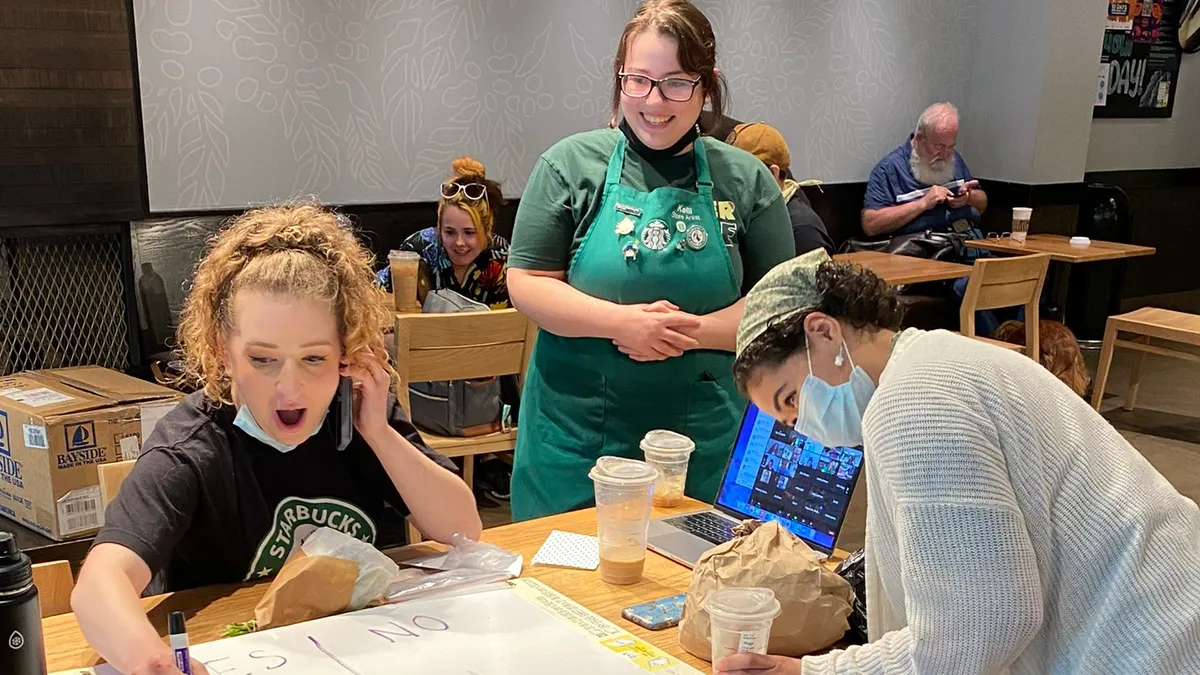Dive Brief:
- Red Robin had a strong first quarter as the casual dining chain posted 3.1% comparable restaurant revenue growth, according to an earnings release.
- Despite the strong showing, “we are far from claiming victory,” CEO and President David Pace said in the release, adding there "is still more work to be done as we continue the comeback journey."
- This strong growth was driven by long-term investments in labor, loyalty and equipment, GJ Hart, former CEO and current advisor, said on the brand’s earnings call. Hart, who announced his resignation last month, led the brand through the first years of a turnaround plan.
Dive Insight:
Pace said Red Robin’s operational foundations are strong, but the brand needs to extend and consolidate changes that have included new flat-top grills, increased staffing and efforts to encourage managers to visit more tables.
The CEO also said Red Robin still has room to improve the guest experience and will focus on marketing in the coming year. Kevin Mayer, the brand’s CMO, departed in February, according to SEC filings. The brand has taken measures to fill Mayer’s shoes.
“Recently, Russ Klein has joined our team for a one year term to help us build our marketing foundation and strategy,” Pace said. “Russ brings us a widely recognized track record of success in effectively reconnecting well known brands with their customer bases.” Klein is the former CEO of the American Marketing Association, and held previous leadership posts at Arby’s and Burger King, according to his LinkedIn profile.
A firm marketing strategy will be particularly important for the brand. Casual chains, most notably Chili’s, have done very well in the current, value-focused environment by marketing themselves as affordable competitors to QSRs. Chili’s massive traffic leaps of late followed several quarters of solid same-store sales growth, also driven by a long turnaround effort.
There is some evidence from recent quarters that many consumers are looking to dine more on weekends and special occasions. This is especially true for on-premise dining, and consumers are trading up from QSRs to more experiential restaurant formats, which offer a form of value that’s not captured neatly in pricing.
Red Robin’s strong performance in the quarter pushed its net income to $1.2 million, up from a $9.5 million loss in the year-ago quarter. The brand sold off three company-owned restaurants for $5.8 million, using the proceeds to pay down debt.
Still, the brand’s leaders sought to manage expectations for the rest of the year, with CFO Todd Wilson noting that Q2 will lap the relaunch of its loyalty program last year. This means same-store sales growth will face a 240 basis point headwind next quarter, making it unlikely that Red Robin will repeat its comps growth in the near future.












